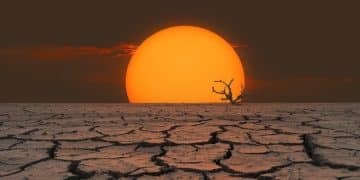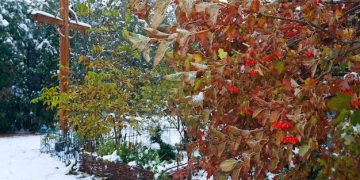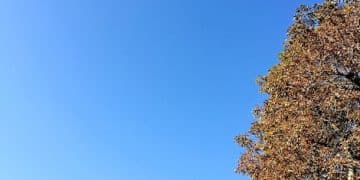Understanding Drought: Tips & Strategies for Water Conservation
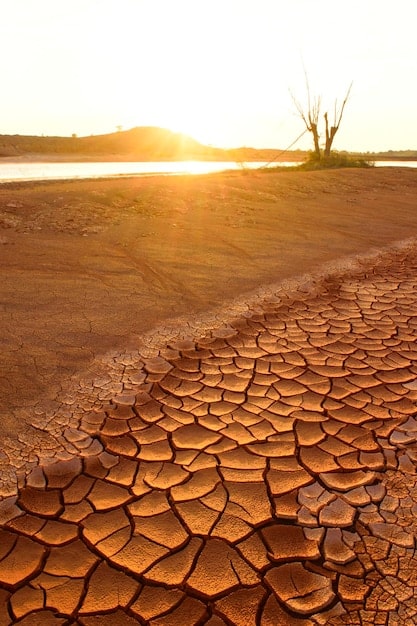
Understanding drought conditions is crucial for communities and individuals alike, necessitating effective water conservation strategies and proactive measures to mitigate the impacts of prolonged dry periods.
Droughts are a recurring reality, especially in many parts of the US, and understanding drought conditions is the first step towards preparedness. Let’s explore strategies and tips for effective water conservation.
Understanding Drought: What It Is and Why It Matters
Drought is more than just a lack of rain. It’s a complex phenomenon with far-reaching effects on ecosystems, agriculture, and communities. Understanding its causes and impacts is crucial for developing effective mitigation strategies.
Droughts can be triggered by a variety of factors, from natural weather patterns to human activities. Let’s explore the key aspects of this climate challenge and why it demands our attention.
Defining Drought: Beyond Lack of Rain
While a period of significantly reduced rainfall is a primary characteristic, drought encompasses much more. It’s a prolonged imbalance in water availability, affecting various sectors.
Types of Drought: Meteorological, Agricultural, and Hydrological
Drought manifests in different forms, each impacting specific areas. Understanding these types helps in tailoring appropriate responses.
- Meteorological drought: Defined by a prolonged period of below-average precipitation.
- Agricultural drought: Affects crop production due to soil moisture deficits.
- Hydrological drought: Impacts water resources like rivers, lakes, and groundwater.
Drought has significant environmental, economic, and social repercussions. Addressing drought requires a multi-faceted approach.
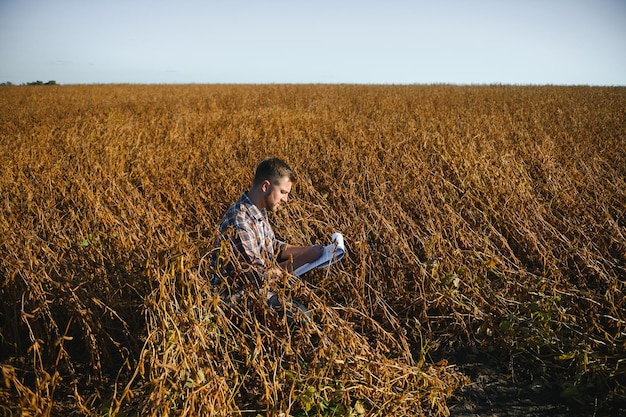
How to Monitor Drought Conditions
Effective drought management relies on accurate and timely monitoring. Various tools and indices help track drought conditions and assess their severity. These methods allow for proactive measures and informed decision-making.
Several methods are used to track drought and can help communities prepare for the effects of drought. Here’s some of what informs drought monitoring.
Drought Indices: Measuring Severity and Extent
Drought indices provide a standardized way to quantify drought conditions. They integrate various data points to assess drought severity and spatial extent.
There are different indices that are commonly used:
- Palmer Drought Severity Index (PDSI): A widely used index that assesses long-term drought conditions based on precipitation and temperature data.
- Standardized Precipitation Index (SPI): Focuses solely on precipitation and is useful for monitoring drought at different timescales.
- US Drought Monitor: A composite map that integrates various indices, expert input, and local observations to provide a comprehensive assessment of drought conditions across the United States.
These indices, along with real-time data, help monitor drought. This data helps with effective drought management.
Water Conservation at Home: Simple Steps, Big Impact
Conserving water at home is one of the most effective ways to reduce strain on local water supplies. By adopting simple water-saving practices, you can significantly lower your water consumption and help mitigate the effects of drought.
There are many ways an individual can conserve water at home including making changes indoors and outdoors.
Indoor Water Conservation Tips:
Simple changes inside your home can make a big difference in your overall water usage.
Indoors you can:
- Fix leaky faucets, toilets, and pipes: Even small drips can waste significant amounts of water over time.
- Install low-flow showerheads and toilets: These fixtures use less water without sacrificing performance.
- Take shorter showers: Reducing your shower time by a few minutes can save gallons of water.
Outdoor Water Conservation Tips:
Outdoor water use, particularly for landscape irrigation, can contribute significantly to water consumption during dry periods.
Outdoors you can:
- Water your lawn efficiently: Water deeply and less frequently, and water during the cooler parts of the day to minimize evaporation.
- Use drought-tolerant plants: Choose native or drought-resistant plants that require less water.
- Collect rainwater: Harvest rainwater for watering plants and other outdoor uses.
By making these adjustments to save water, you can conserve water and help the environment.
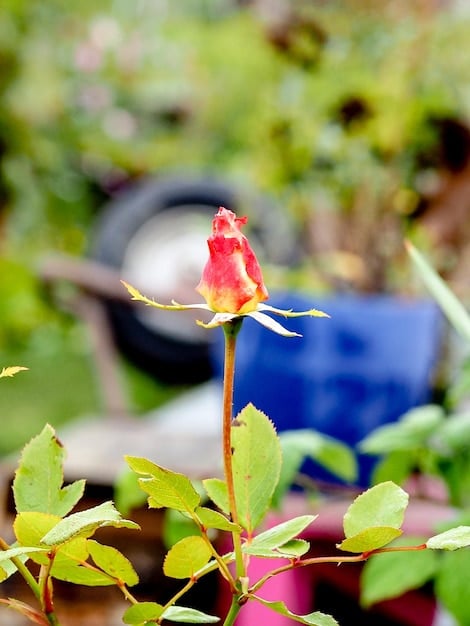
Community-Level Water Conservation Strategies
Addressing drought requires a collective effort involving communities, businesses, and local governments. Implementing effective water management strategies at the community level can significantly reduce water demand and promote sustainable water use practices.
Many strategies can be implemented at the community level to have a positive effect on water resources.
Public Awareness Campaigns: Educating and Engaging the Public
Raising public awareness about the importance of water conservation is crucial for fostering a sense of shared responsibility. Education and community engagement can motivate individuals to adopt water-saving behaviors.
These campaigns can be promoted through:
- Workshops and educational programs: Offer workshops and training sessions to educate residents about water conservation tips and techniques.
- Social media and online resources: Use social media and online platforms to share information, tips, and success stories related to water conservation.
- Community events: Organize community events, such as water conservation festivals and competitions, to engage residents and promote water-saving practices.
Water Restrictions and Regulations: Balancing Supply and Demand
Implementing water restrictions and regulations can help manage water demand during drought periods.
Examples include:
- Limiting outdoor watering: Restrictions on lawn watering, car washing, and other outdoor water uses can significantly reduce water consumption.
- Mandatory water audits: Require businesses and large water users to conduct water audits to identify and address potential water waste.
- Incentives for water-efficient appliances: Offer rebates and incentives to encourage residents and businesses to purchase water-efficient appliances and fixtures.
These strategies are efficient ways to conserve water at the community level. Collective action will help with drought.
Technological Innovations in Water Conservation
Advancements in technology are providing innovative solutions for water conservation. From smart irrigation systems to water-efficient appliances, these technologies are helping to optimize water use and reduce waste.
Here are some technological innovations in water conservation:
Smart Irrigation Systems: Optimizing Water Use for Landscapes
Smart irrigation systems use sensors, weather data, and computerized controls to automatically adjust watering schedules based on real-time conditions.
Water-Efficient Appliances: Reducing Water Consumption in Homes
Water-efficient appliances, such as washing machines, dishwashers, and toilets, use significantly less water than traditional models.
These appliances:
- Can reduce water consumption by up to 50% compared to older models.
- Are often eligible for rebates and incentives from local utilities and government agencies.
- Help reduce water and energy bills.
These innovations can help reduce water consumption with technology.
Long-Term Strategies for Drought Resilience
Building long-term drought resilience requires a proactive and holistic approach. It involves implementing strategies that enhance water supply reliability, reduce water demand, and promote sustainable water management practices. Preparing for drought helps with resilience.
Strategies can include:
Water Storage and Infrastructure: Enhancing Water Supply Reliability
Investing in water storage and infrastructure projects can enhance water supply reliability and ensure access to water during drought periods.
Examples include:
- Building new reservoirs and expanding existing ones: Reservoirs can store water during wet periods and release it during dry spells.
- Repairing and upgrading aging water infrastructure: Fixing leaky pipes and upgrading water treatment plants can reduce water loss and improve water quality.
- Implementing stormwater harvesting: Capturing and storing stormwater runoff can provide a supplemental water source for irrigation and other non-potable uses.
Water Recycling and Reuse: Tapping into Alternative Water Sources
Water recycling and reuse involves treating wastewater to remove contaminants and using it for non-potable purposes, such as irrigation, industrial cooling, and toilet flushing.
There are many benefits to water recycling including:
- Reduces demand on freshwater resources.
- Decreases the amount of wastewater discharged into rivers and oceans.
- Provides a reliable and cost-effective water source.
These strategies contribute to building resilience in areas prone to drought.
| Key Point | Brief Description |
|---|---|
| 💧 Home Conservation | Simple indoor and outdoor practices that reduce water usage significantly. |
| 🧑🤝🧑 Community Strategies | Public awareness and regulations to collectively manage water use. |
| 💡 Tech Innovations | Advanced systems like smart irrigation to optimize water usage. |
| 🌱 Resilience Planning | Long-term infrastructure and storage investments for water availability. |
Why is understanding drought conditions important?
▼
Drought conditions can impact a community environmentally, economically, and socially. The better you understand drought conditions the easier it will be to save water.
What are some simple ways I can save water at home?
▼
Fix leaky faucets, install low-flow toilets, and take shorter showers. Outdoors, water your lawn efficiently, use drought-tolerant plants, and collect rainwater.
How can communities help conserve water during a drought?
▼
Communities can implement public awareness campaigns, enforce water restrictions, and offer incentives for water-efficient appliances. They can also provide workshops to the community.
What role does technology play in water conservation?
▼
Smart irrigation systems use sensors to optimize water use for landscapers, and water-efficient appliances reduce water consumption in homes helping save water.
What long-term strategies can help build drought resilience?
▼
Investing in water storage, repairing aging infrastructure, and implementing water recycling programs will help communities manage water. All of which will create drought resilience.
Conclusion
Understanding drought conditions and implementing proactive water conservation strategies are vital for creating a sustainable existence during extreme weather. By adopting the tips and strategies outlined we can mitigate the impacts and build community resilience for a better future.
Read more content
